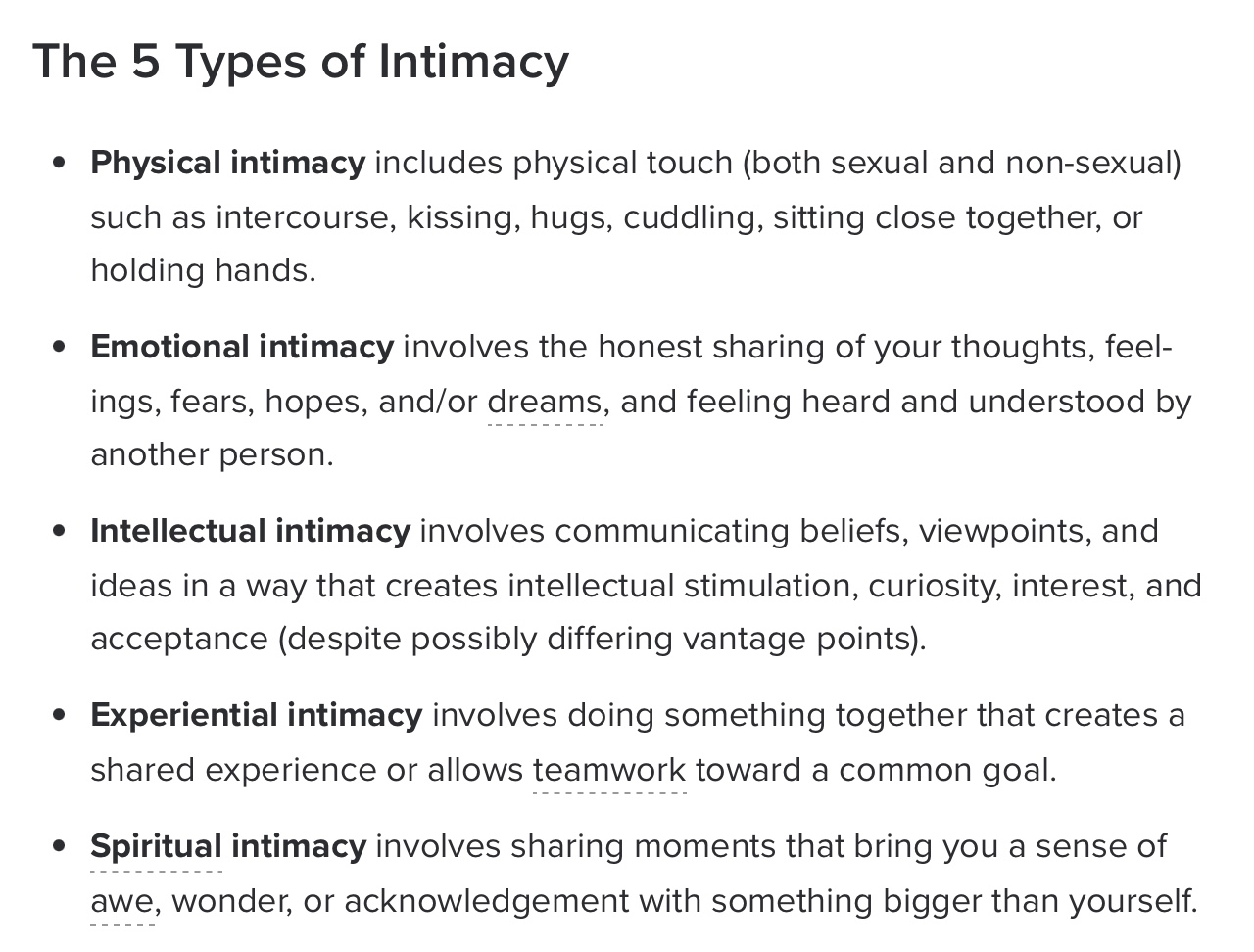1. Reflection on case example.
I chose the third example, which describes a therapist who shared personal information in a Facebook group. She then received a request from someone in the group who wanted to become a client.
I chose this example because it seems like something that I might encounter. I am in many local online groups for folks that share values. It seems plausible that at some point I might be in a situation where a potential client finds me through social media.
My assessment is that this is a very natural interaction. It is reasonable for this social worker to share meaningful connections in an online space. The potential client was likely interested in working with a therapist she felt she could already trust. This online group seems like a potentially fruitful way for someone to identify a clinician with shared values. That being said, it seems significant that this social worker is able to keep this online platform a personal space. Social workers should avoid dual relationships when possible, and this social worker benefits from being able to stay in one role.
I think this social worker should refer this person to someone else. The social worker likely has colleagues who share values and can better serve this potential client. The social worker can let this person know that it is important to her that they get to keep their online friendship. She can explain that the best way to ensure this happens is for the social worker to not enter professional relationships with anyone in the group. Potentially, this social worker could offer some additional resources or support strictly in the capacity of an online friend.
2. Reflection on Reamer’s boundary dynamic: Intimacy
I selected intimacy because I am curious about the role that intimacy plays in therapeutic relationships. I believe that part of what makes therapy successful is having a genuine human connection with someone you can trust. It seems based on the definition of intimacy that it is something that is experienced in all relationships. Figure 1 shows a list of how one psychology today article defines intimacy (Ho,2024). It is important to me to have healthy boundaries with clients so I want to explore this.
Figure 1

(Ho, 2024)
While working at a group home for adults with disabilities, many of my coworkers had blurred relationships with clients. For example, workers gave hugs and attended the birthday parties of some clients. This was experienced as typical at the agency and seemed to be enjoyed by staff and clients. In some instances, clients received mixed messages and there were ethical dilemmas with boundaries. This experience helped me understand how to offer intimacy that is appropriate and sustainable.
Evans & Ringrose (2025) discuss intimacy in an article titled “More-Than-Human, More-Than-Digital: Postdigital Intimacies as a Theoretical Framework.” I learned about the concept of postdigital intimacies. This concept refers to the way human intimacy is influenced by modern technology use (Evans & Ringrose, 2025). The authors describe that the digital world and human world are often treated as separate. They suggest that the framework of postdigital intimacies must consider the digital world and human world to be blended (Evans & Ringrose, 2025). The authors also suggest that moving forward, regulations should define “intimacy” in a way that encompasses digital and more than digital realms (Evans & Ringrose, 2025).
- Reflection on Reamer’s suggestion to develop a social media policy and share it with clients.
This strategy seems proactive and realistic. I am a nosy person and I empathize with the instinct to find someone’s social media to learn more about them. I appreciate that this policy protects both worker and client. Some things I would include in a social media policy are:
Expectations of the social worker:
- I promise to not search for information online about my clients for any reason.
- I will not accept or initiate friend requests on social media.
- If I see anything online about one of my clients, I will immediately navigate away from the information and take all measures to avoid the information moving forward.
- If by coincidence I am in a social media group, comment chain, event, or other gathering with a client, I will not acknowledge the relationship. If the client identifies our relationship, I will proceed in a way that prioritizes client confidentiality.
I think this strategy would be extremely effective at regulating social workers’ ethical ethical dilemmas and ethical mistakes. Social work operates based on shared values and frameworks. Social workers are practiced at using ethical frameworks to guide relationships. Part of what makes social work a field is a focused attention on how communication generates change. Being more intentional about social media in relationships is a beneficial practice that social workers are well-equipped to master. I know the topic of a social media policy has already sharpened my sense of ethical technology use.
I am going to intentionally create some postdigital intimacy and add a picture of some blooming Butterfly Milkweed from my yard. Milkweed is the host plant for monarchs and there are hundreds of species all over North America!

References
Evans, A., & Ringrose, J. (2025). More-Than-Human, More-Than-Digital: Postdigital Intimacies as a theoretical framework. Social Media + Society, 11(1). https://doi.org/10.1177/20563051251317779
Ho, J. (2024, June 28). Unlock the secrets of satisfying, connected relationships. Psychology Today. https://www.psychologytoday.com/us/blog/unlock-your-true-motivation/202406/the-5-types-of-intimacy-you-need-to-know
Reamer, F. G. (2023). Artificial Intelligence in Social Work: Emerging Ethical Issues. International Journal of Social Work Values and Ethics, 20(2), 52-71. https://doi.org/10.55521/10-020-205
Hey Raven. I too found the scenario you chose to focus on as something that could happen to me. It is so hard balancing being an available person online and wanting to support folks in a professional way. I have been a member of many queer and conceiving groups, and have referred many folks to other birth workers (something I did in a pervious life) since I am no longer in the field.
Continuing this type of online support is crucial, and having a list of like-minded working professionals is such a great idea.
I love the conversation you’re having here around intimacy. I always say finding a good therapist is like any relationship, you just have to click. What is that “click” if not an ability for intimacy. I can definitely see how this could get tricky, especially with the intimate knowledge we will hold about our clients. Such a fine line!
I like how you connected that case to your own experience with online groups. Personal experience always helps. I like how you pointed out the importance of keeping those roles separate. Referring the person to a colleague while still keeping the online friendship is the most ethical in my opinion. I liked your point about intimacy too. I like how you see it as a strength in therapy, but also something that needs careful boundaries. It made me think about how hard it can be to balance closeness with professionalism, and I think you explained it really well.
Hi Raven,
Do you think your coworkers struggle with boundaries because they see the residents as extended family or do believe that the agency as a whole has relaxed boundaries?
Raven,
You raise good issues in your response to question 1. It does make logical sense that a potential client would reach out to a therapist they feel they know something about. For me, the main differentiation in this example is that the social worker is engaged in this group for their own personal work. This social worker was in recovery and receiving treatment. My question about this example what – How did the person gain access to the online group and read the posts? I wanted to talk with the person providing the services to the social worker, because it seemed to me they didn’t protect the confientiality of their client. I’m not sure I would participate in online services if I provided online services.
Taking that a step further, every social worker has to decide about their use of social media. I frequently recommend that they either do not utilie it, or utilize alternative idenities – particularly if their professional work is clinical practice. All that being said, I think your solution was absolutely the best one.
I think you have gone a bit off the mark in your discussion for question 2. First, just as an aside, Psychology Today is not a peer-reviewed journal. But that aside, they are talking at length about personal relationships, not clinical, therapeutic relationships. Your chart is actually somewhat inappropriate when talking about clinical boundaries. Those definitions make for an interesting discussion when talking about personal intimacy, but not clinical relationships. I’m not suggesting that elements of some of these forms of intimacy aren’t present in clinical relationships. But the point of clinical boundaries is to know which ones are appropriate and which are not and how to set necessary and clear limitations of intimacy.
The article regarding post-digital literacy is intriguing and extremely dense. I was not able to read it in great detail, but again, I’m not sure how it influences the question of professional boundaries and defining intimacy in that relationship. I am intrigued by their discussion of this post-digital landscape where they believe the human and digital worlds are more intertwined. However, after reviewing the article briefly, I admit to coming away with an analysis so disparate that I could not for the life of me understand how it related to a better understanding of intimacy in the professional, clinical relationships. If indeed, this new post-digital landscape can make a contribution to better definition of professional boundaries, I’m all for it, but they certainly aren’t there yet. And I believe it is critical that we continue to make a distinction between personal and professional intimacy and create clear and strong boundaries between them.
Good discussion of social policy ideas. These make a great deal of sense to maintain good clinical boundaries.
Dr P